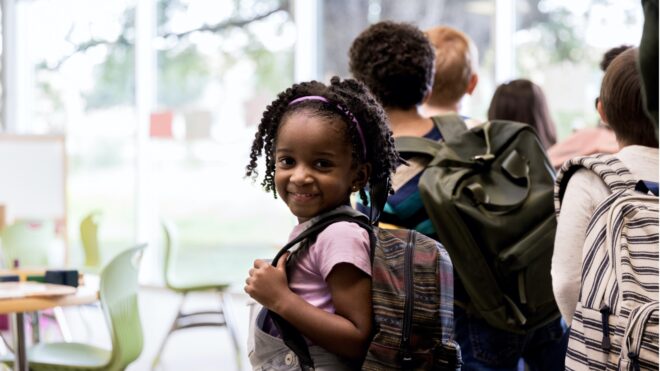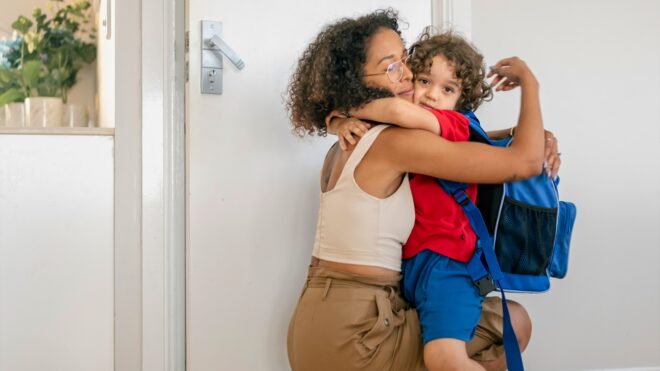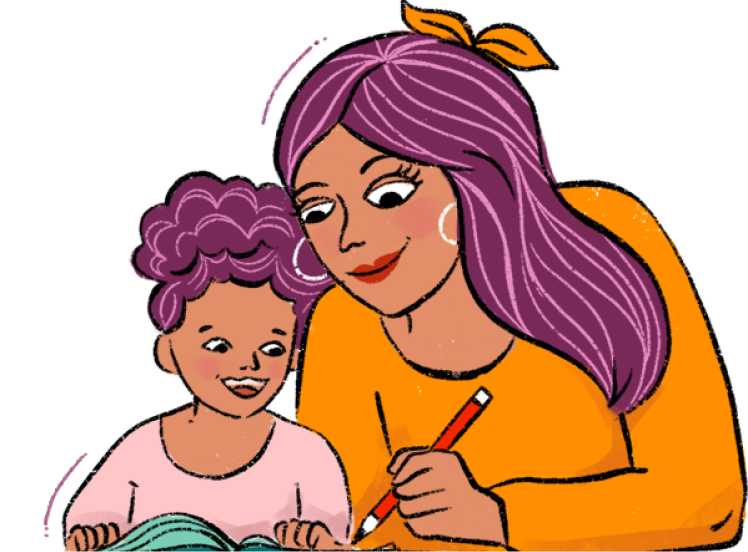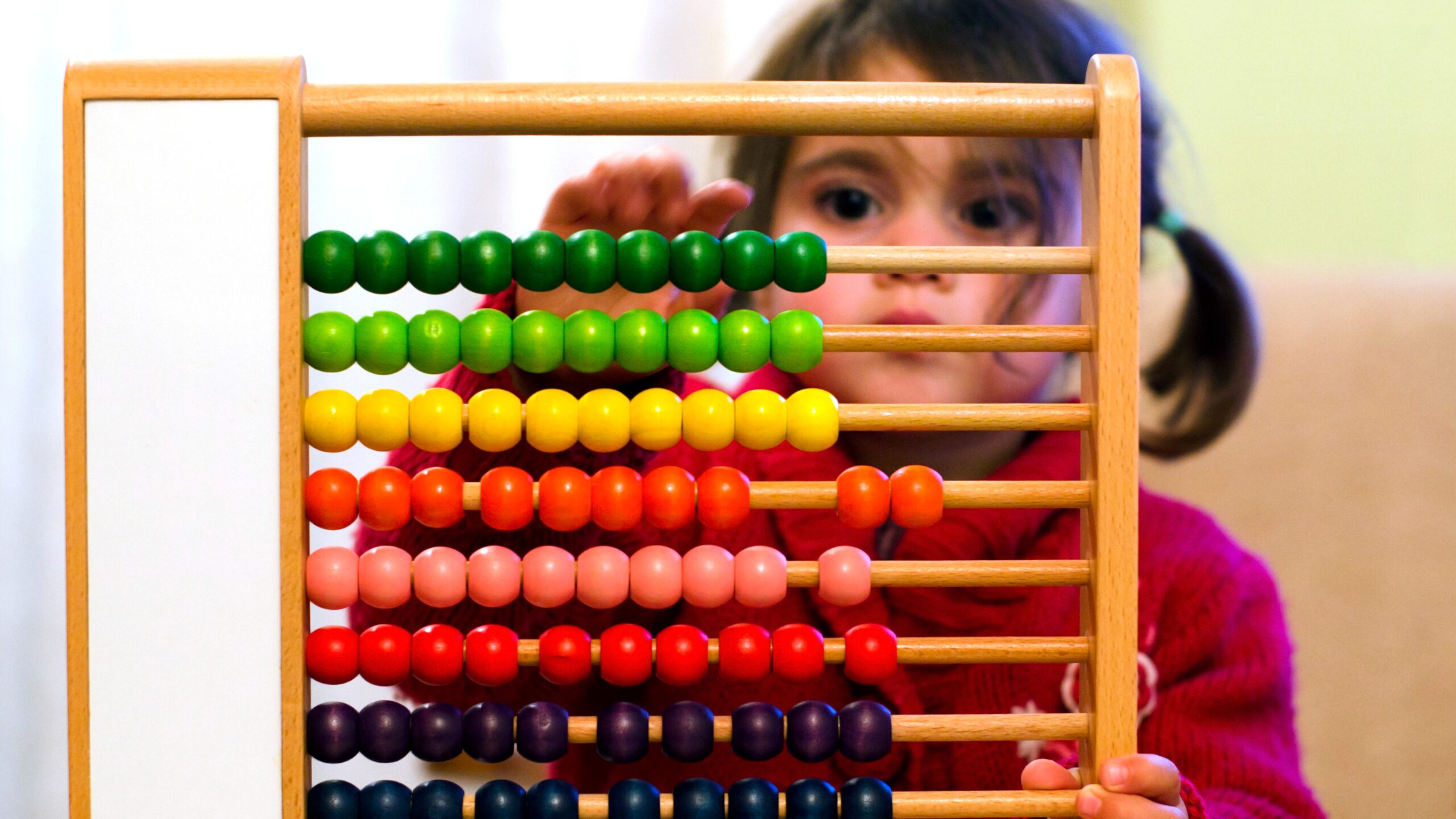
Even if you don't homeschool your children, you know that home is a great place to teach them lessons. You can teach them in all sorts of ways. There's the "do as I say not as I do" way of teaching. The teaching them by telling them kind of teaching. The figure it out for yourself way of teaching. Kids don't always enjoy those methods. But they do love educational games and activities that help them learn while they are having fun.
More from MamásLatinas: Easy crafts that will keep kids entertained
Sometimes, as parents, we get overwhelmed and think that figuring out what games or activities we can do with our kids is just one more thing to add to our already long to-do list. But there are so many easy and fun ways to make learning fun for both you and your child. We've even taken the research out of it for you by curating a list of simple educational games and activities that are perfect for teaching your kids that learning is fun and fascinating. Check 'em out!
Use pencils, water, and a plastic bag to see what happens.
Not gonna lie, I find this experiment fascinating. Basically, you fill a plastic baggie with water, seal it and then pierce it with sharp pencils. You would think that would make the water leak, but that's not what happens. The polymers in the plastic bag create a seal around the pencils that keep the water from leaking out.
Make instant ice.
OK, here's another science experiment that is so cool it gives me chills. You turn very cold water into ice right before your eyes. It's a bit finicky and you may have to try multiple times for it to work, but when it works, it's pretty fantastic.
Learn colors by sorting them.
If your kids are still learning their colors, a great way to help them is by having them sort things into colors. You can do it with playdough like this video does. You can do it with colored candies, like Skittles. You could even do it with laundry.
Show them how a balloon can self-inflate.
This activity demonstrates how a mixture of baking soda and vinegar undergoes a chemical reaction that creates a gas, which rises from the bottle into a balloon. It's fun and you might even have everything you need to do it at home already.
Learn how to use an abacus.

An abacus is so much prettier and more fun than a calculator. It's a great way to teach kids math in a visual way. If you've never learned how to use an abacus yourself, you can learn together and create math problems for each other.
Plant something and watch it grow.
Even if you don't have a backyard or a garden, you can teach kids the basics of gardening at home. It's important that they understand how plants grow and how to care for them as they grow. We should all know a little about how plants grow.
Try the egg in a bottle experiment.
It seems impossible to get a hard-boiled egg into a bottle without crushing it, but it's totally possible because of science. As for getting the egg out of the bottle without crushing it, good luck!
Make a sun print.
This activity teaches kids about photodegradation caused by the sun's rays. It also teaches them that the sun radiates light that we see as well as ultraviolet and infrared light that we don't see.
Create your own rainstorm.
What if you had the power to create a rainstorm whenever you wanted to? You do! You just have to create it in a glass. This activity lets you explain how clouds are formed when water vapor rises and then how that vapor can be turned back into water, creating rain.
Make a tornado in a bottle.
Once you've made rain in a glass, you may want to graduate to making a tornado in a bottle. This cool experiment explains how tornadoes are formed in a very hands-on way that results in a fantastic visual representation.
Grow crystals.
This chemistry activity teaches you the science behind solubility curves and supersaturated solutions. What you end up with are some really pretty borax crystals that you can use as decorations.
Grow some mold.
If you want to convince your kids that they need to wash their hands regularly, then this science activity is the one for you. You take some slices of bread and see how mold grows on them after being touched by or rubbed on different surfaces.
Make tea bag rockets.
This is an activity that you have to actively supervise because it involves fire. You take tea bags and empty them, then light them on fire. As they burn, a heat current is created, and the ashes of the bags take off like rockets.
Play the sink or float game.
Some things sink and some float when placed in water, but why? It has to do with the density of molecules in that object. The more densely packed the molecules, the less likely an object is to float. Make a game out of trying to guess what items around your home will sink or float.
Write letters.
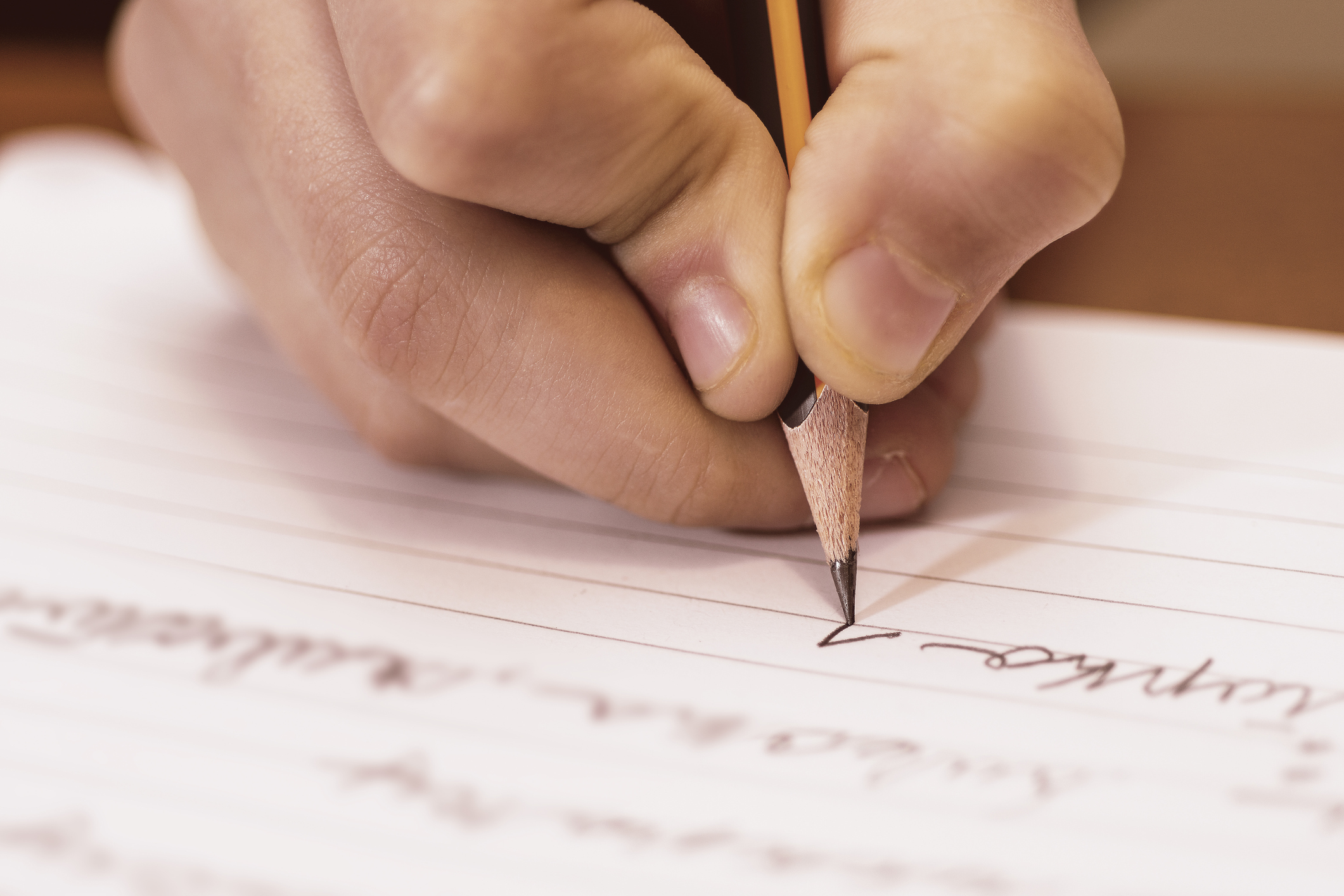
Letters are becoming a lost artform and we can't let that happen. Sit with your child and write letters to friends and family. They can practice their hand lettering this way and learn that a letter should have a salutation, a body, a closing, and even a postscript. Then you can show them the proper way to address an envelope and where to put the stamp. The best part is getting a letter in return.


